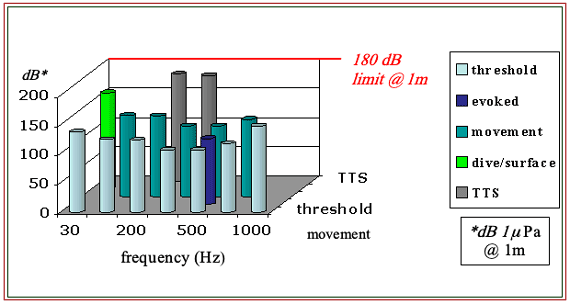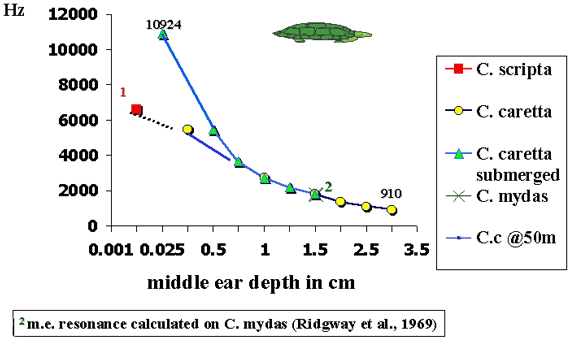Dec 09, 2001
World Focus: Sea Turtles Under Seige
Slowly fading away Human activity endangers species
BY PAULINE JASUDASON
THE ASSOCIATED PRESS
MA'A DAERAH, Malaysia Elegant and virtually weightless in the
water, a rare green sea turtle swaps agility for awkwardness and
drags herself out of the surf on a biennial pilgrimage of procreation.
Under cover of darkness and lugging a 220-pound, heart-shaped
shell, the turtle struggles beyond the high-tide mark and starts
digging a nest for her more than 100 eggs. Huge flapping flippers
send sand flying in all directions.
Eggs laid, the exhausted turtle shovels sand into the hole to
cover them, then makes the arduous trek back to the water.
Watching the tortuous process from nearby, Wan Rozaimy Wan Ramli
barely waits until the turtle has gone before stepping up to the
nest, scooping away the sand and plucking out the eggs one by
one.
Sea turtles have existed virtually unchanged for more than 100
million years. But human activity, including taking eggs - considered
an aphrodisiac in some parts of Asia - has pushed several species
to the brink of extinction. Other threats include shoreline development,
fishing nets, and pollution from shipping.
. . .
But Wan is a thief for conservation, not for profit.
"We at the hatchery are learning from experience and mistakes,
and our hatch rates are very slowly improving," said Wan, coordinator
at the Ma'a Daerah Turtle Center on Malaysia's remote east coast,
one of few sites in the world where the fussy animals come ashore.
The waters of this Southeast Asian country are home to four of
the world's seven sea turtle species - the giant leatherback,
the green, the hawksbill and the olive ridley. All seven species
are listed as endangered or threatened with extinction.
Accurate numbers, however, are almost impossible to calculate,
as the turtles are migratory and hardly ever surface, making them
hard to track. Only females come ashore - every two years, about
four times a year - to lay eggs.
On shore is when the turtles are most vulnerable. If they survive
egg hunters, 2-inch hatchlings emerge by the thousands and start
a life-and-death scramble to the water's edge, easy prey for birds
and other predators.
Conservationists say about 40 percent of hatchlings die in their
first hours at sea, and only one in 1,000 survives the 50 years
it takes to reach adulthood.
Most endangered is the giant leatherback, which conservationists
say has declined by 99 percent since the 1950s. In one year back
then, 2,000 turtles were reported to have come ashore to nest
at Malaysia's Rantau Abang. Last year, there were about 10.
. . .
Conservation efforts began in earnest about 16 years ago, although
government-run hatcheries existed as far back as the 1940s, said
Abdul Rahman Kassim, coordinator of the Rantau Abang Turtle Sanctuary
in Terrenganu state.
The handful of conservation centers in the state have released
about 2.8 million turtle hatchlings into the sea during the past
decade. It's not enough, officials say.
"We need to go further into total conservation - stop all egg
consumption, strictly guard the coast, stop all beach development
and fishing activities," Abdul Rahman said. "I feel we're only
doing about 40 percent of that."
Lai Min Min of the Worldwide Fund for Nature in Malaysia said
that because the males never leave the water, the only clues to
what is happening to the species come from the females when they
come ashore.
By the time a drop in the number of nesting females is noted,
it's probably too late to address the cause, she said.
"We don't know where the hatchlings go, we don't see the males
and the sub-juveniles. If anything happens to them we don't see
it," she said. "When we see a decline, it is a sharp decline."
The Ma'a Daerah sanctuary is built on a milelong strip of untouched
coast closed in by rocky, rain forest-clad hills and run by the
WWF and Malaysia's Fisheries Department. It opened with a donation
from a nearby British Petroleum refinery.
Arlene Hager, an activist and fund-raiser for the sanctuary, said
the rutted, muddy road that is the only access to the beach will
not be repaired - an attempt to keep onlookers away.
She said the key to preserving the turtle population at Ma'a Daerah
is educating local fishermen to stop casting nets in protected
waters and halt egg collection.
"This isn't an easy thing to control," she said. "There are laws
against all this, but it is also the livelihood of the village
folk we are talking about. It's a difficult issue - the conflict
between man and nature."
This story can be found at : http://www.timesdispatch.com/frontpage/MGBYAF580VC.html

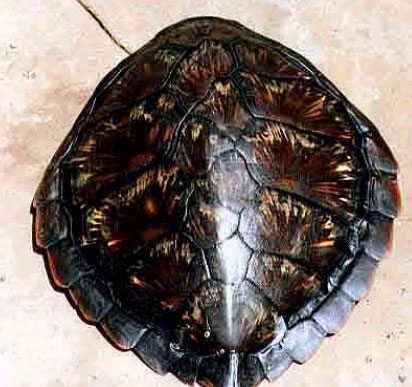

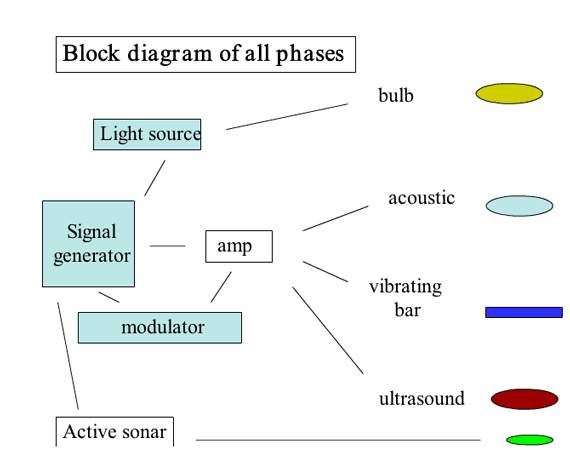
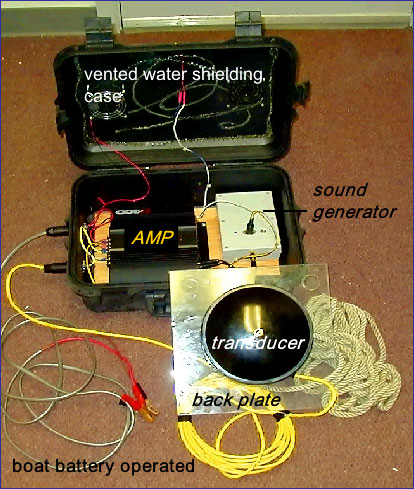



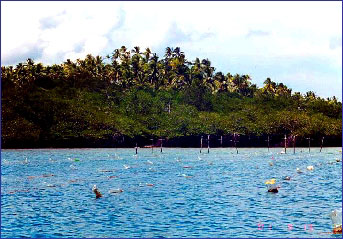
![]()


